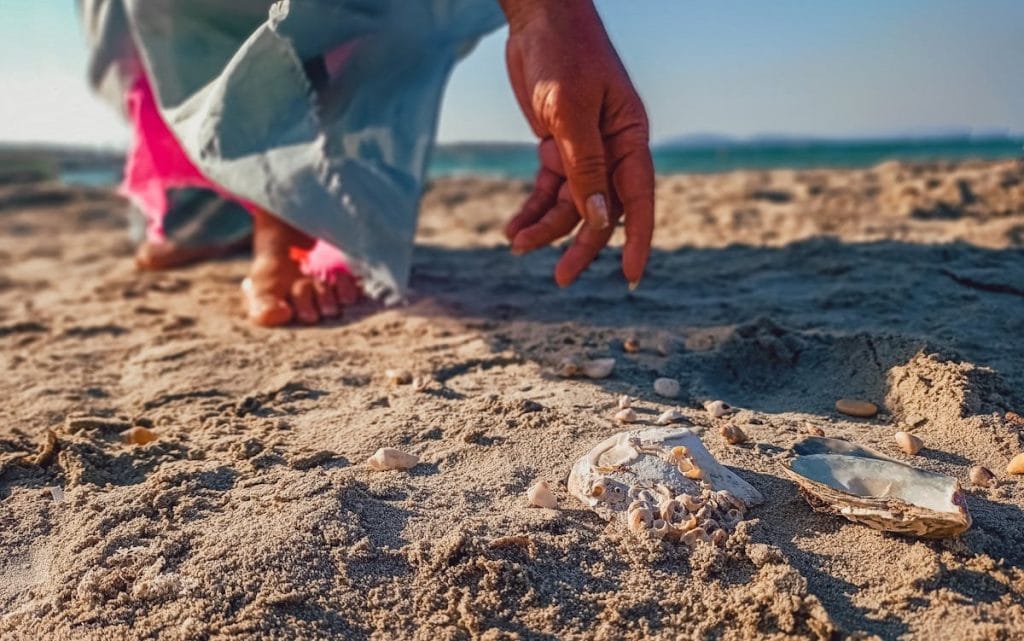
You can enjoy long walks on the sand, but not everything you find on the beach is yours to take. Many items are protected by law to preserve fragile ecosystems and cultural heritage. While it might seem harmless to pocket a shell or stone, removing natural or historical materials can disrupt wildlife and even lead to fines. Knowing what to leave behind helps protect the environment and keeps beaches beautiful for everyone to enjoy.
Seashells
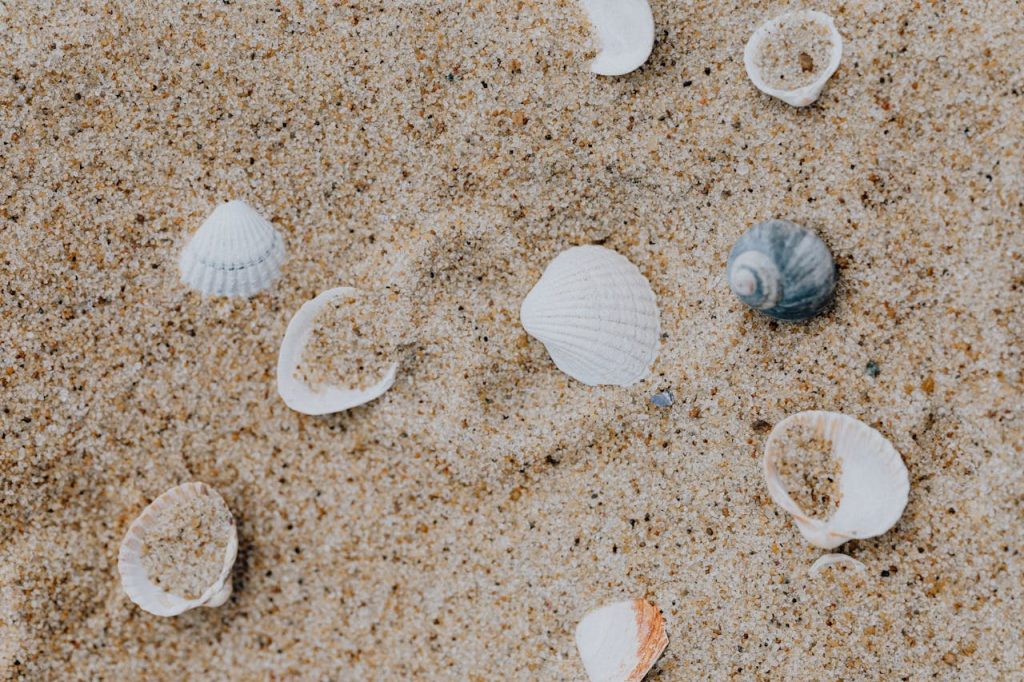
You should resist the urge to collect seashells, especially in protected areas. These shells provide homes and habitats for crabs, algae, and other marine life. Removing too many disrupts the ecosystem balance and is illegal in many national parks. Admiring them where they lie helps preserve coastal biodiversity.
Sand
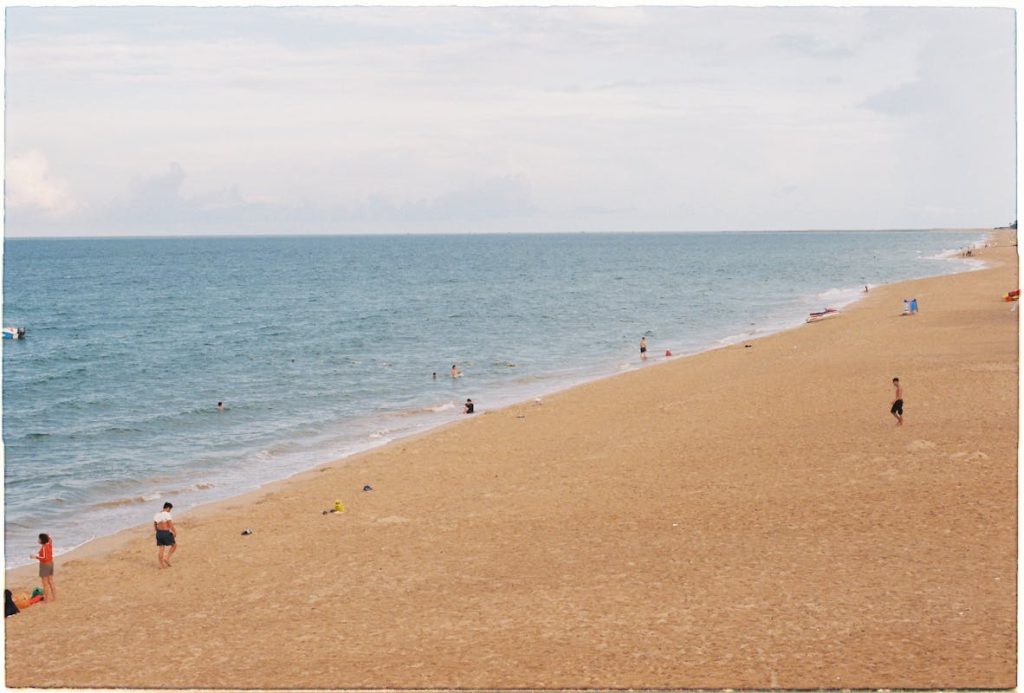
You can’t legally take sand from most beaches, even small amounts. Countries like Italy and Hawaii impose strict fines for removing it, as erosion already threatens many coastlines. Collecting sand accelerates this damage and disrupts natural patterns. It’s best to enjoy its beauty without taking it home in a jar.
Rocks and Stones
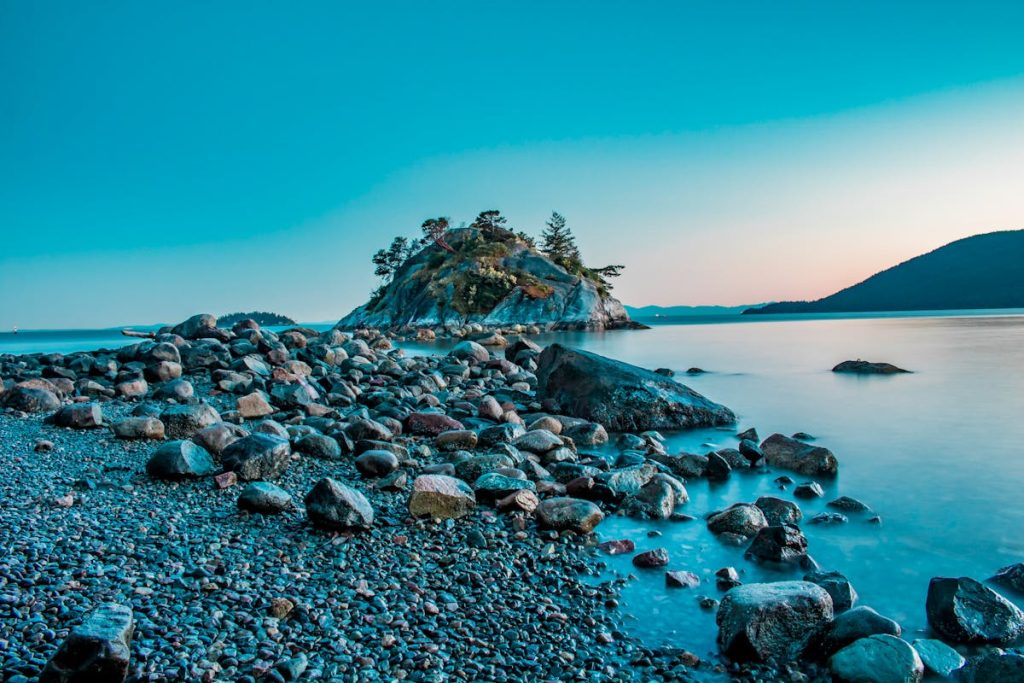
You should leave rocks and stones in their natural places since they play a crucial role in stabilizing shorelines. Removing them can alter tidal flow and increase erosion risks. In many protected areas, collecting them is considered damaging to the ecosystem and prohibited. Snap a photo instead of taking a souvenir.
Driftwood
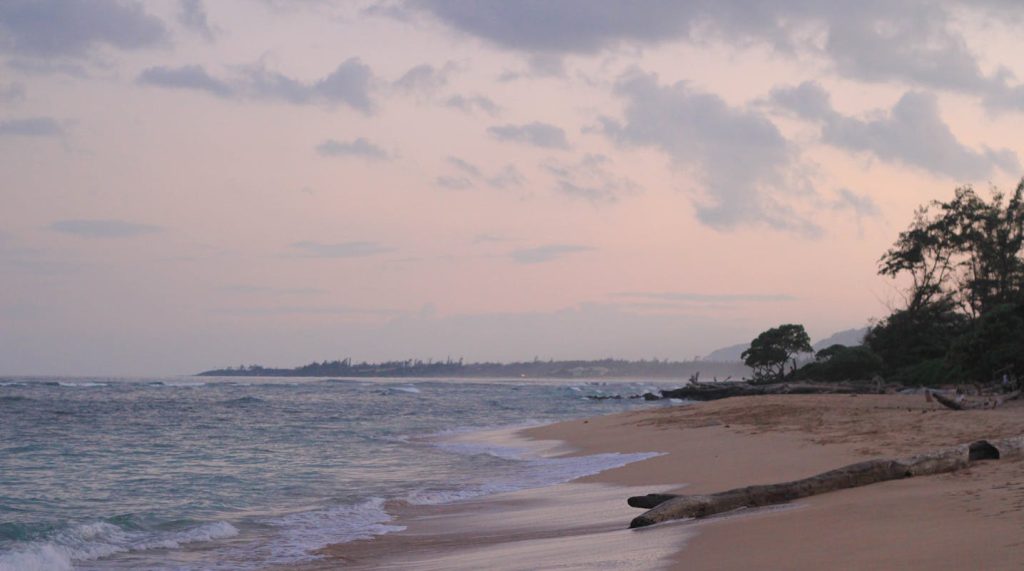
You can admire driftwood’s beauty but shouldn’t collect it from protected beaches. It shelters insects, birds, and small sea creatures while helping prevent dune erosion. Many local laws prohibit its removal because it contributes to natural coastal regeneration. Leaving it where it lies supports beach health and stability.
Coral
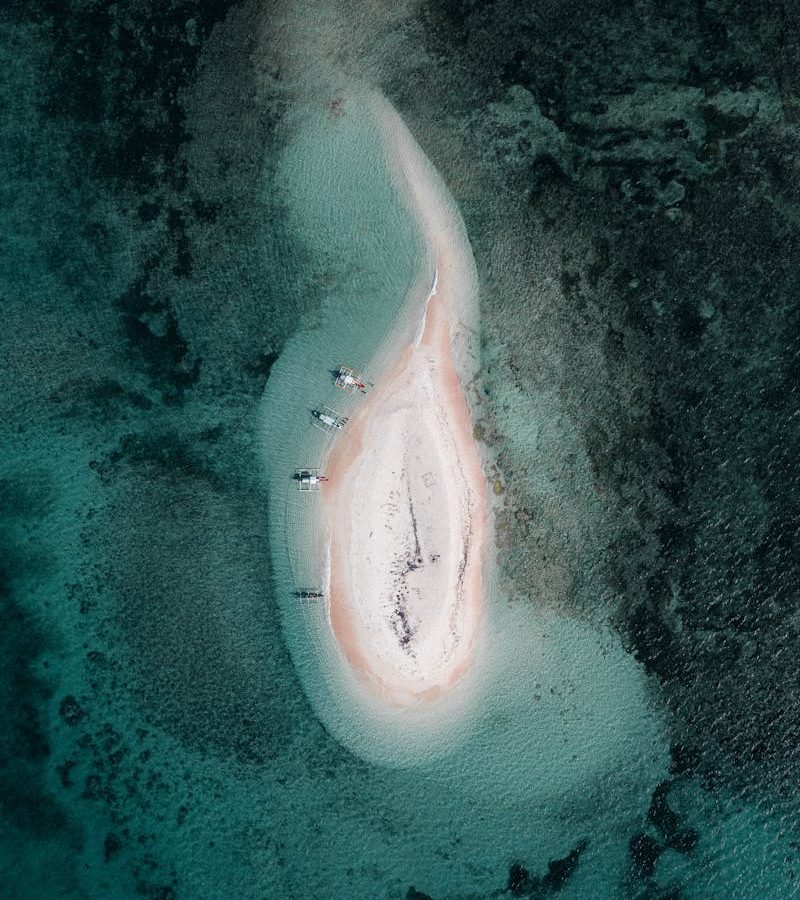
You should never collect coral, alive or dead, from beaches or reefs. Coral is a living organism that supports countless marine species. Removing it damages fragile ecosystems and is illegal in many countries. Purchasing or taking coral contributes to its decline, so it’s best to appreciate it in its natural setting.
Sea Glass
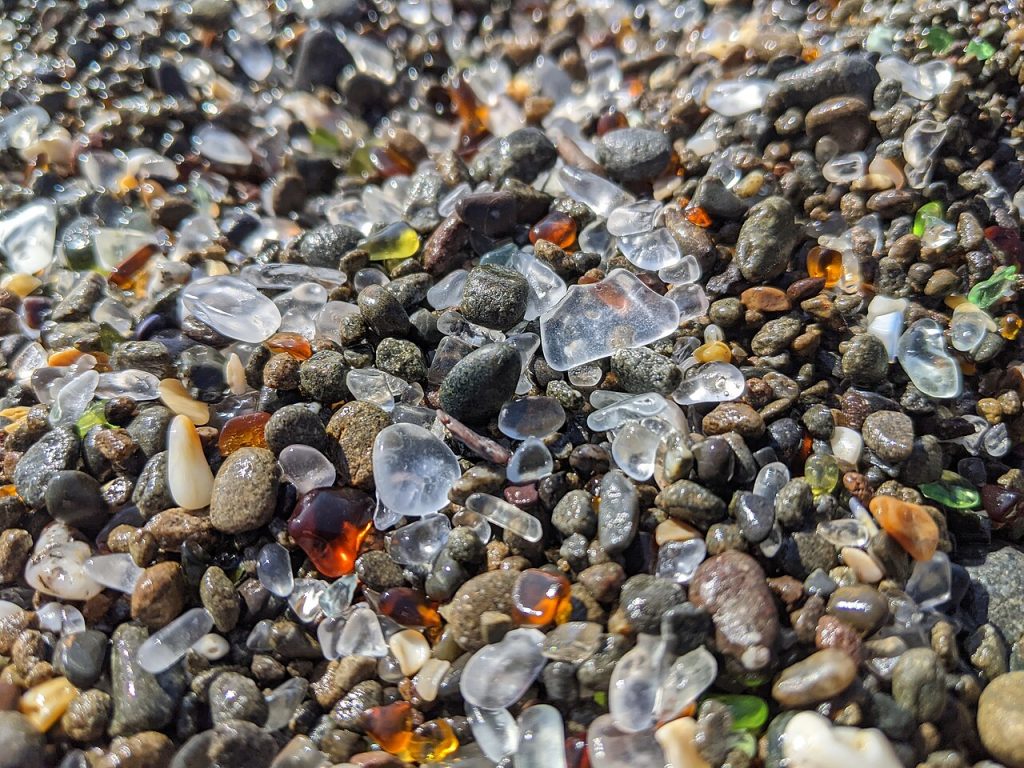
You can enjoy searching for sea glass but check local rules before taking any. Some beaches classify it as part of the protected shoreline environment. While it may seem like harmless trash turned treasure, removing large amounts can disrupt the aesthetic and cultural value of historic beaches.
Fossils
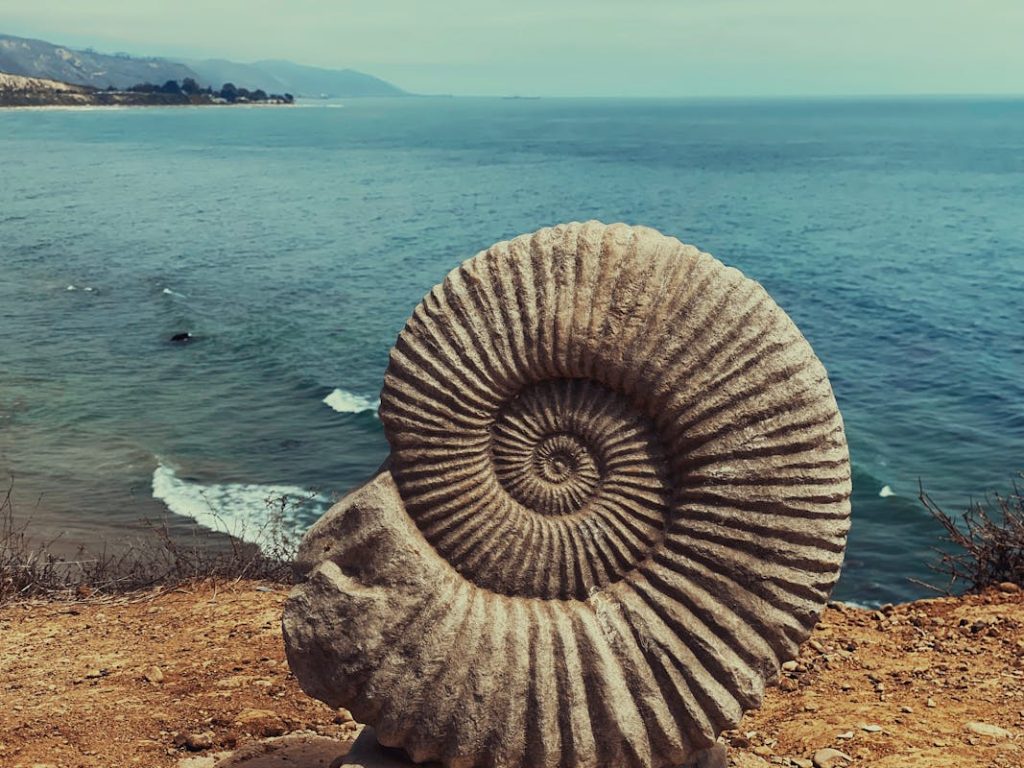
You should avoid collecting fossils unless it’s permitted by local authorities. Fossils provide valuable scientific information about ancient ecosystems and are protected in many regions. Taking them without permission can lead to legal consequences. Responsible exploration ensures these natural time capsules remain for future study and education.
Artifacts
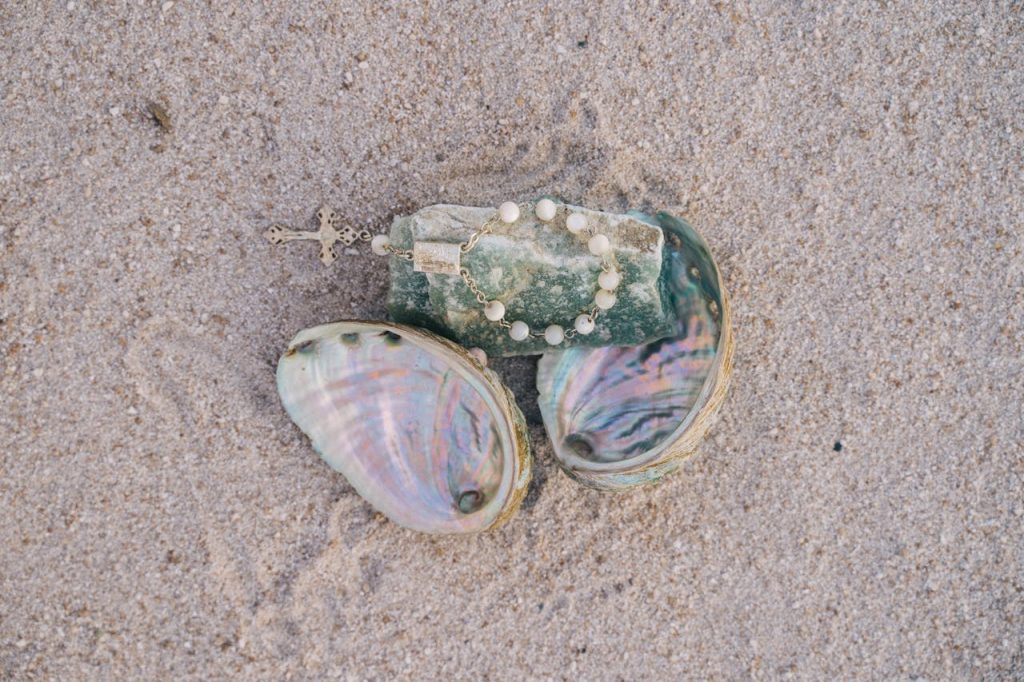
You can sometimes stumble upon pottery, coins, or shipwreck relics, but these are protected under heritage laws. Removing artifacts disrupts archaeological records and can be considered theft of cultural property. If you find something significant, report it to local authorities. Respecting history helps preserve it for everyone to learn from.
Marine Life
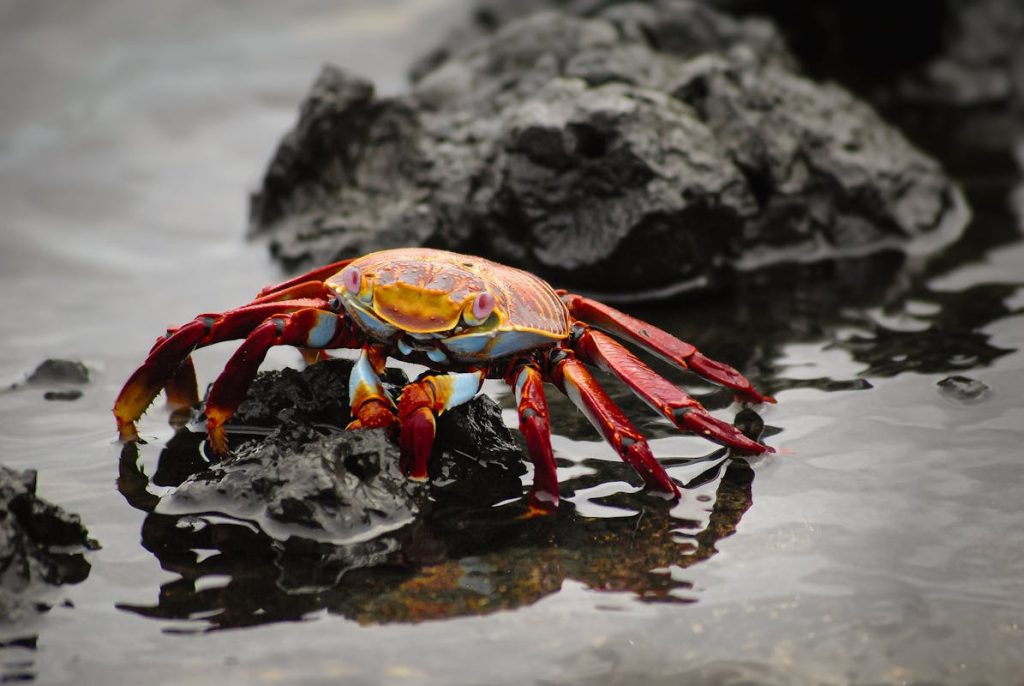
You should never take live creatures like starfish, crabs, or sea snails from their habitats. Handling or relocating them causes stress and disrupts their ecosystem role. Collecting live marine life is often illegal and unethical. Observing them from a respectful distance helps keep the ocean’s balance intact.
Plants and Algae
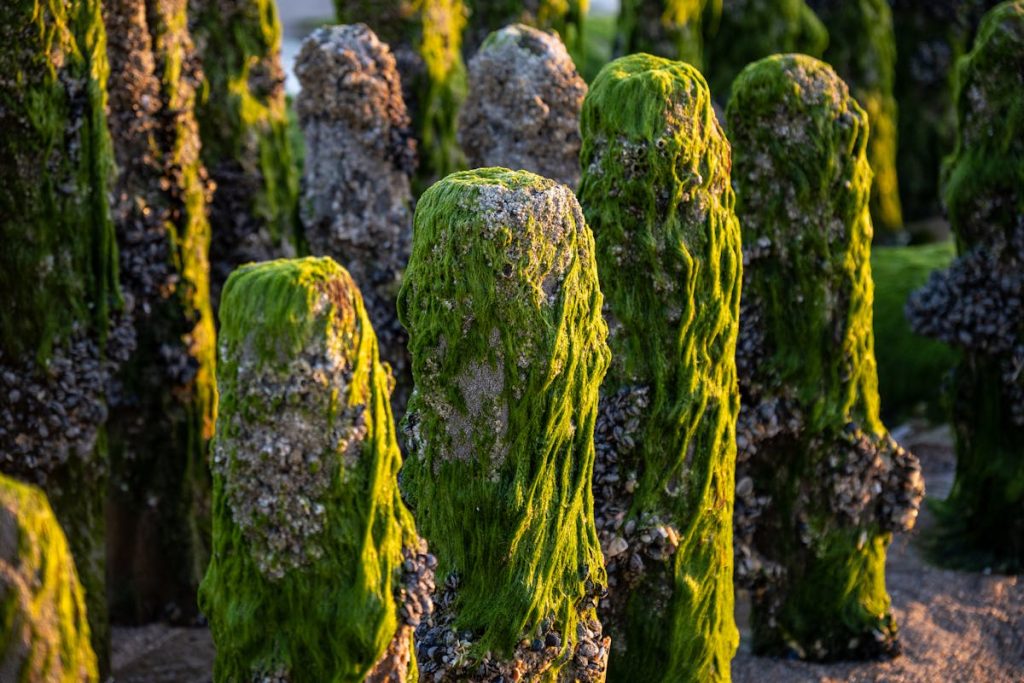
You can’t legally remove coastal plants or seaweed, as they protect beaches from erosion and provide habitats for wildlife. Picking or uprooting them harms the delicate coastal ecosystem. Many regions enforce strict conservation laws to protect these natural barriers. Enjoy their beauty but let them stay where they thrive.


